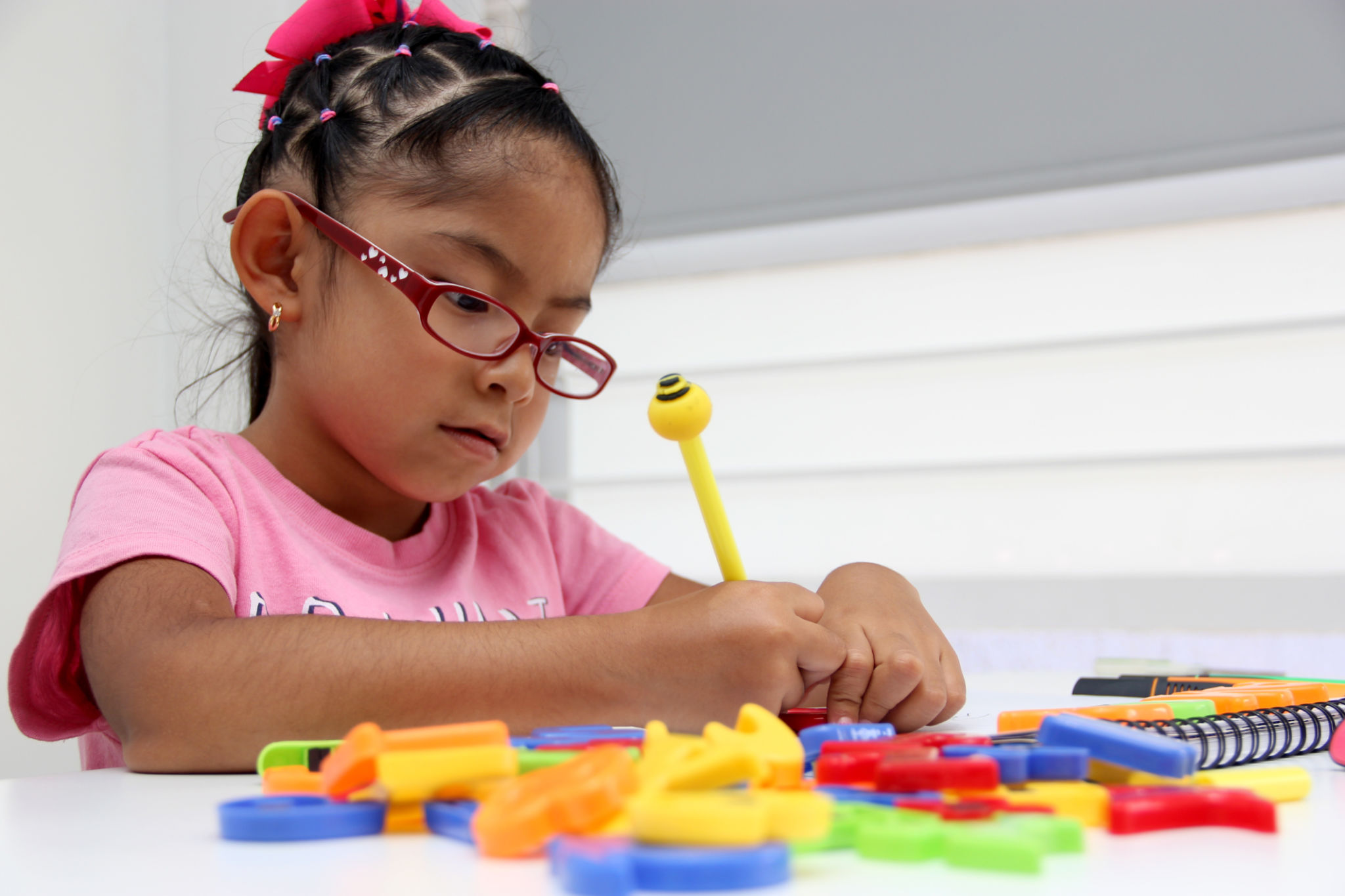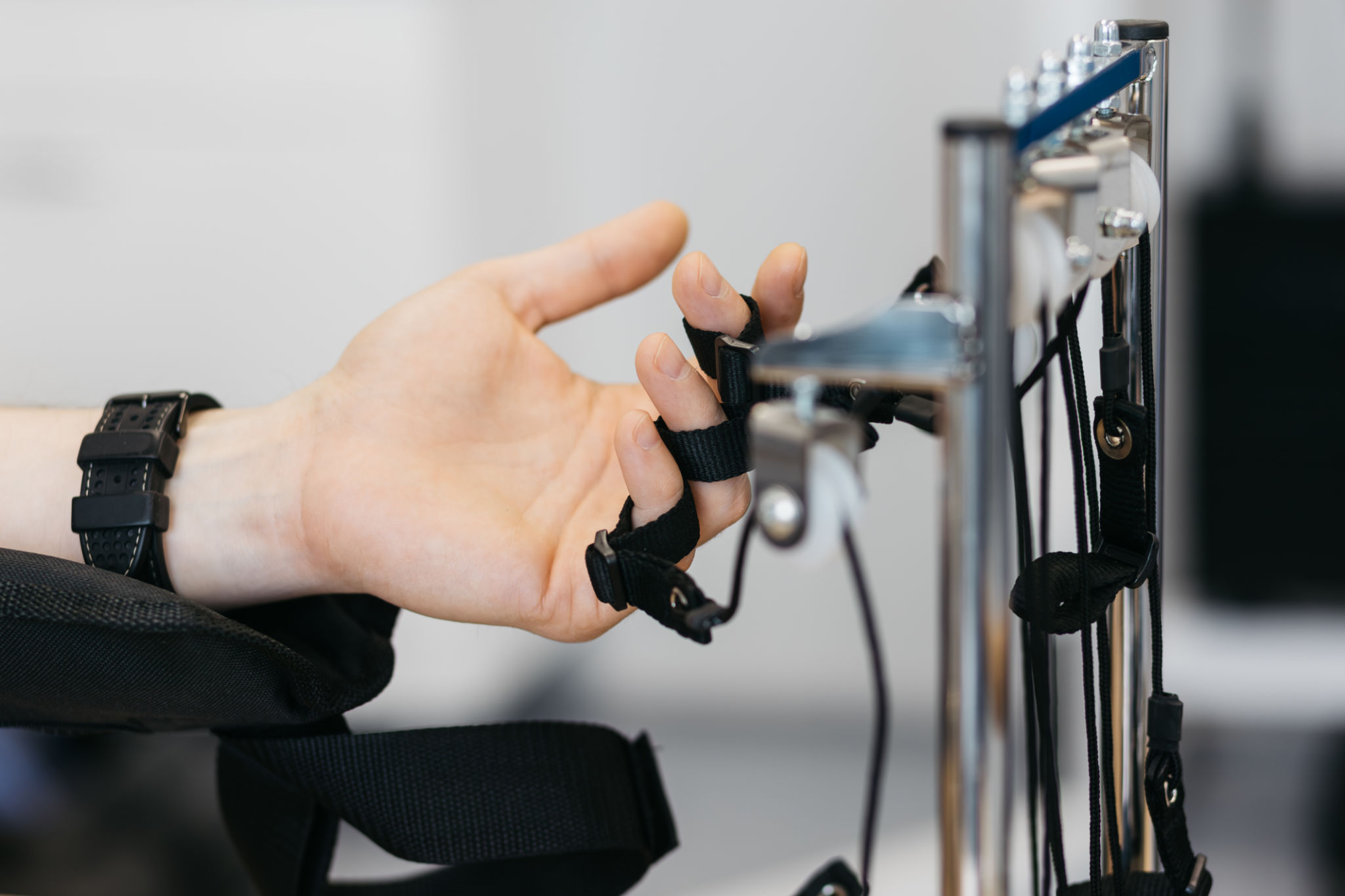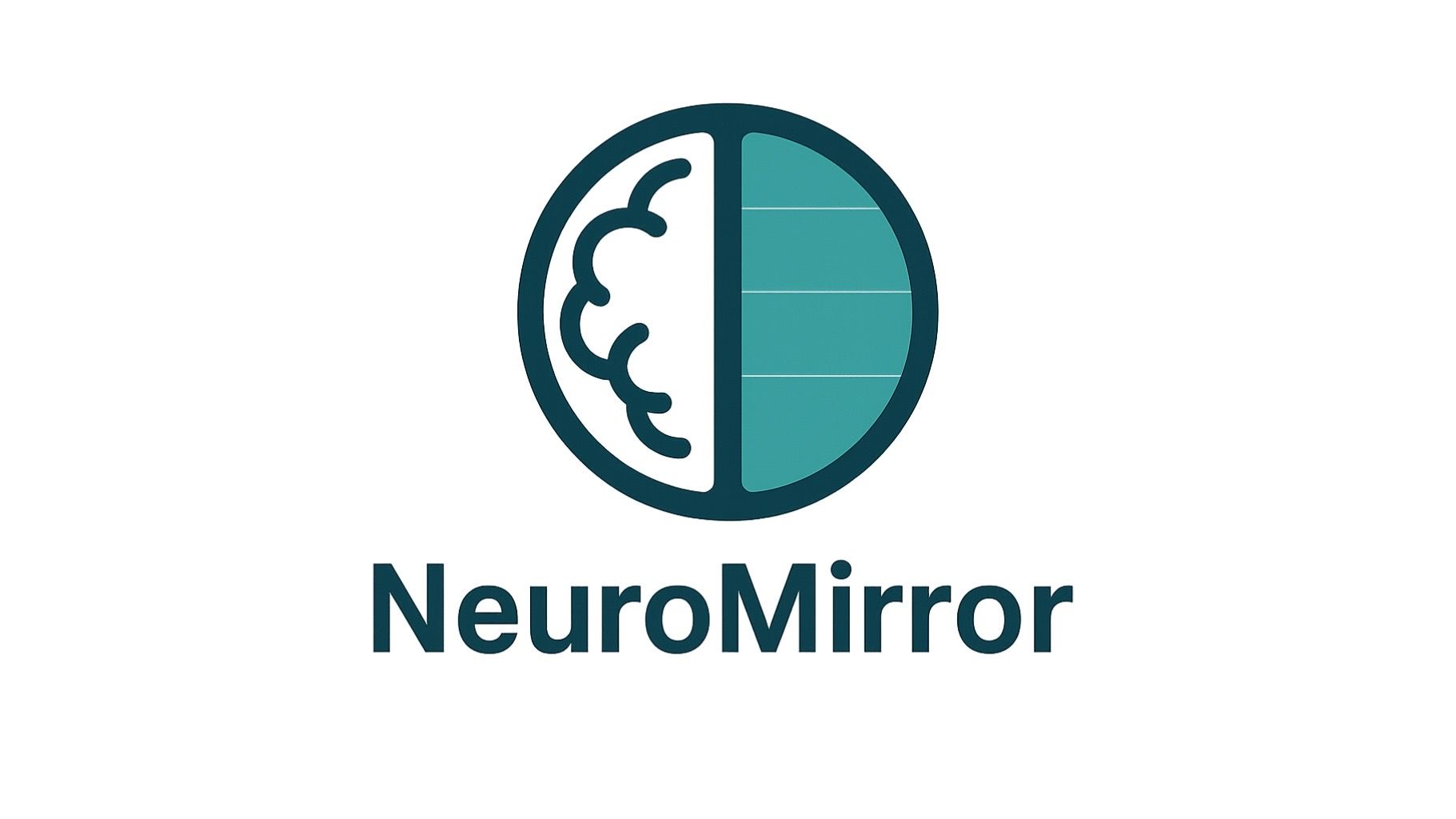Real-Time Emotion Recognition in Autism Treatment: How It Works and Why It Matters
Understanding Real-Time Emotion Recognition
Real-time emotion recognition technology is making significant strides in the realm of autism treatment. This innovative approach involves using sophisticated algorithms and artificial intelligence to detect and interpret human emotions in real-time through facial expressions, vocal tones, and physiological signals. By analyzing these cues, therapists and caregivers can gain a deeper understanding of an individual's emotional state and respond more effectively.

Emotion recognition systems are typically integrated into software that can be used on various devices such as smartphones, tablets, or specialized cameras. These systems capture data and process it instantaneously, providing crucial insights into how individuals with autism perceive and react to their environment. This real-time feedback is invaluable in crafting personalized interventions that can improve communication and social skills.
The Role of Emotion Recognition in Autism Treatment
For individuals with autism, understanding and expressing emotions can often be challenging. Real-time emotion recognition can bridge this gap by offering support in identifying emotions that may not be immediately obvious. This technology allows therapists to tailor their strategies to each individual's unique emotional responses, enhancing the effectiveness of therapeutic sessions.
Moreover, emotion recognition tools can support self-regulation by helping individuals with autism become more aware of their emotions. By receiving immediate feedback on their emotional state, they can learn to manage their reactions more effectively, leading to improved social interactions and reduced anxiety.

Key Technologies Behind Emotion Recognition
The core technologies driving emotion recognition include computer vision, machine learning, and natural language processing. Computer vision focuses on analyzing visual data such as facial expressions, while machine learning algorithms process this data to identify patterns associated with different emotions. Natural language processing helps in understanding emotional cues from speech patterns and tone.
These technologies work in tandem to provide a comprehensive picture of an individual's emotional landscape. The integration of wearable devices that monitor physiological signals like heart rate and skin conductance further enriches the data pool, offering a holistic approach to emotion recognition.
Benefits of Real-Time Emotion Recognition in Autism
The implementation of real-time emotion recognition in autism treatment presents numerous benefits. It enhances the ability of caregivers and therapists to provide timely interventions, reducing the likelihood of misunderstandings and emotional distress. This technology also fosters independence by empowering individuals with autism to recognize and manage their emotions autonomously.

Additionally, emotion recognition systems can facilitate better communication between individuals with autism and their peers or family members. By providing insights into emotional states, these tools help bridge communication gaps and foster more meaningful interactions.
Challenges and Considerations
While the potential of real-time emotion recognition is promising, there are challenges and ethical considerations to address. Privacy concerns are paramount, as these systems often require access to sensitive personal data. Ensuring data security and obtaining informed consent from users are critical steps in the ethical implementation of this technology.
Furthermore, the accuracy of emotion recognition systems can vary depending on factors like lighting conditions or cultural differences in emotional expression. Continuous refinement and testing are necessary to ensure these tools are reliable and effective across diverse populations.
The Future of Emotion Recognition in Autism Treatment
As technology continues to evolve, the future of real-time emotion recognition in autism treatment appears bright. Ongoing research and development aim to enhance the accuracy and accessibility of these systems, making them more widely available for individuals with autism worldwide.
With continued advancements, emotion recognition technology holds the potential to revolutionize autism treatment, offering new avenues for personalized care and improved quality of life for those on the autism spectrum.

